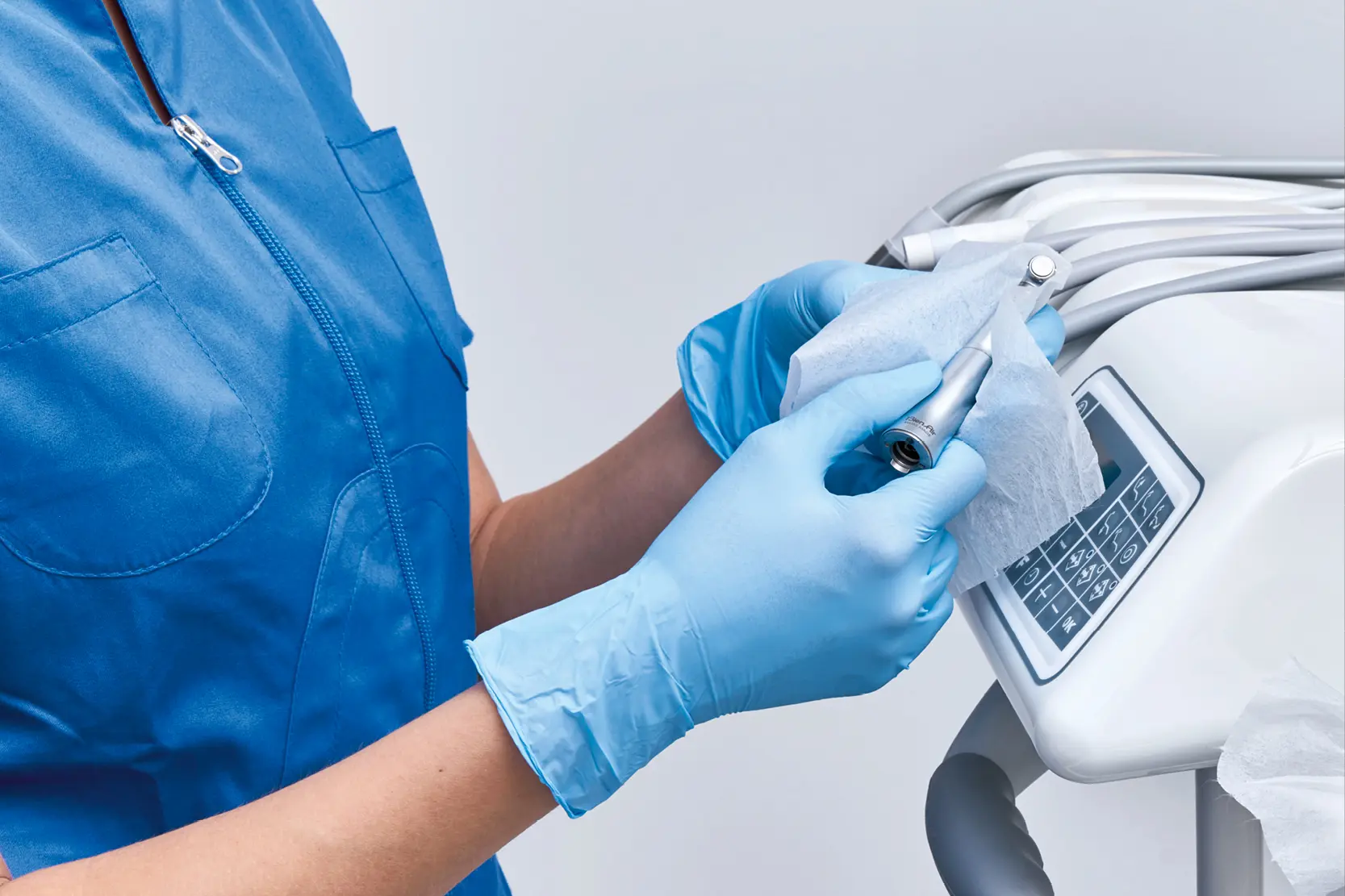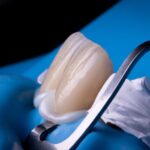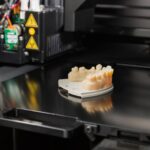
Both in clinical and dental practice, handling handpieces correctly has always been a sensitive and highly debated topic given the special nature of these instruments.
In fact, regardless of whether they run using turbines or micromotors, dental handpieces have specific features that make cleaning, disinfecting and sterilising them a complicated and skilful process.
Key aspects of caring for dental handpieces
The main challenge is structural, as handpieces are essentially hollow bodies consisting of an external and an internal surface with a cavity that houses a bur or any other kind of rotating tool. (1,2)
Turbines and the ‘suck back’ phenomenon
Moreover, turbines have their own specific challenges. Compressed air is used to turn a rotor to make the turbine work. When compressed air is no longer applied, the rotor continues to rotate for a short time afterwards due to the inertia of the rotor.
This inertia-powered rotation creates a negative pressure inside the system, which can cause the aspiration of contaminants into the turbine.
This is known as the ‘suck back’ phenomenon and is extremely dangerous as the next time the turbine is used, the contaminated material can leave the system once again. (3,4)
In micromotors, (straight or contra-angle handpieces), the compressed air normally means that negative pressure will not be generated inside the handpiece. The issue arises when, in certain surgical procedures, the flow of the compressed air is obstructed when the movement of the gears creates a pump effect, with the potential aspiration of contaminants into the handpiece. (5,6)
A particularly useful technique to try to reduce these issues is to run the turbines and handpieces in idle for a few seconds at the end of the procedure in order to ‘clean’ the inner systems of any contaminants.
Disinfection and sterilisation methods for dental handpieces
There are numerous studies on different handpiece sterilisation methods, including:
- the application of moist heat (steam) or dry heat;
- boiling;
- the use of ethylene oxide gas;
- sterilisation with ultraviolet rays;
- the use of bactericidal compounds (7-10).
To date, autoclave sterilisation is the most commonly used method in medical and dental settings. (1)
Autoclave sterilisation: benefits and types (N and B)
Autoclave sterilisation has various benefits, including its minimal equipment footprint, low cost, short run times, minimal damage to handpieces and its high reliability in terms of sterilisation. (11-13)
There are also various different types of autoclave, classified based on their removal method of air from the chamber.
N-type autoclaves are effective in the sterilisation of solid, non-packaged instruments, while B-type autoclaves are effective in the sterilisation of packaged instruments, thereby offering a major advantage as they limit cross-contamination, meaning that the sterility of the final product is protected thanks to its packaging.
Indeed, B-type autoclaves are more suitable in the sterilisation of handpieces. (1)
Want to know more? Discover Zetaclave B, the Zhermack autoclave for sterilising solid instruments, hollow instruments (types A and B), packages and porous loads.
Based on the Spaulding classification, handpieces are defined as semi-critical articles (14) and are used inside the mouth without penetrating hard and soft tissues. Sterilisation is the treatment of choice for semi-critical articles, whereas for heat-sensitive instruments, high-level disinfection is required. (14)
Due to the challenges already explained, handpieces are considered critical items for all intents and purposes (1). For these instruments, high-level disinfection is not sufficient, and sterilisation is therefore required.
CDC guidelines on cleaning handpieces
The CDC (Centers for Disease Control and Prevention) is extremely clear and strict when it comes to handpieces and their sterilisation. The CDC guidelines state that handpieces and all devices and instruments connected to the dental unit’s air/water system should be cleaned and heat sterilised by properly trained staff between two patients. (15,16) This is particularly important given the demonstrated cases of contamination inside handpieces (5).
The CDC is clear: if a handpiece cannot be heat sterilised according to its instructions for use, it should be prohibited. (17)
Regarding the cleaning, lubrication, disinfection and sterilisation of handpieces, the CDC encourages professionals to follow the directions in the medical device instruction manual. (18)
Lubrication of handpieces
Handpiece lubrication is a delicate matter.
Correct lubrication is thought to reduce friction and the formation of blockages, increasing the device’s lifespan. (19) However, an excess of lubricant could prevent steam from reaching all components inside the handpiece during sterilisation, undermining the efficacy of the sterilisation process. (20,21)
For this reason, it is absolutely essential to follow only the manufacturer’s instructions, which are comprehensive and validated.
Thus, if a handpiece cannot be heat sterilised and valid manufacturer’s instructions are not provided for the correct reprocessing of the device, its use should be prohibited. (18)
Bibliography
- Sasaki, J. I., & Imazato, S. (2020). Autoclave sterilization of dental handpieces: A literature review. Journal of Prosthodontic Research, 64(3), 239-242.
- Winter S, Smith A, Lappin D, McDonagh G, Kirk B. Investigating steam penetration using thermometric methods in dental handpieces with narrow internal lumens during sterilizing processes with non-vacuum or vacuum processes. J Hosp Infect 2017;97:338–42.
- Crawford JJ, Broderius C. Control of cross-infection risks in the dental operatory: prevention of water retraction by bur cooling spray systems. J Am Dent Assoc 1988;116:685–7.
- Ozawa T, Nakano M, Arai T. In vitro study of anti-suck-back ability by themselves on new high-speed air turbine handpieces. Dent Mater J 2010;29:649–54.
- Chin JR, Miller CH, Palenik CJ. Internal contamination of air-driven low-speed handpieces and attached prophy angles. J Am Dent Assoc 2006;137:1275–80.
- Herd S, Chin J, Palenik CJ, Ofner S. The in vivo contamination of air-driven low-speed handpieces with prophylaxis angles. J Am Dent Assoc 2007;138:1360–5.
- Rohrer MD, Bulard RA. Microwave sterilization. J Am Dent Assoc 1985;110:194–8.
- Eakle WS, Kao RT, Gordon M, Pelzner RB. Microbiological assessment of ultraviolet sterilization of dental handpieces. Clin Prev Dent 1986;8:10–4.
- Kolstad RA. How well does the Chemiclave sterilize handpieces? J Am Dent Assoc 1998;129:985–91.
- Pratt LH, Smith DG, Thornton RH, Simmons JB, Depta BB, Johnson RB. The effectiveness of two sterilization methods when different precleaning techniques are employed. J Dent 1999;27:247–8.
- Leonard DL, Charlton DG. Performance of high-speed dental handpieces subjected to simulated clinical use and sterilization. J Am Dent Assoc 1999;130:1301–11.
- Diaz LF, Savage GM, Eggerth LL. Alternatives for the treatment and disposal of healthcare wastes in developing countries. Waste Manag 2005;25:626–37.
- Sabnis RB, Bhattu A, Vijaykumar M. Sterilization of endoscopic instruments. Curr Opin Urol 2014;24:195–202.
- https://www.cdc.gov/infectioncontrol/guidelines/disinfection/rational-approach.html
- https://www.cdc.gov/oralhealth/infectioncontrol/statement-on-reprocessing-dental-handpieces.htm
- Centers for Disease Control and Prevention. Guidelines for Infection Control in Dental Health-Care Settings—2003 [PDF – 1.25 MB]. MMWR Recomm Rep. 2003;52(RR-17):1–61.
- US Food and Drug Administration. Reprocessing Medical Devices in Health Care Settings: Validation Methods and Labeling. Guidance for Industry and Food and Drug Administration Staff [PDF – 805 KB] Silver Spring, MD: US Food and Drug Administration, US Dept of Health and Human Services; 2015.
- https://www.cdc.gov/oralhealth/infectioncontrol/faqs/dental-handpieces.html
- Smith GW, Smith AJ, Creanor S, Hurrell D, Bagg J, Lappin DF. Survey of the decontamination and maintenance of dental handpieces in general dental practice. Br Dent J 2009;207:E7.
- Lewis DL, Arens M. Resistance of microorganisms to disinfection in dental and medical devices. Nat Med 1995;1:956–8.
- Kudhail R. Can oil lubricated dental handpieces be sterilized?: part 2. Literature review. Dent Update 2013;40:630–6.
Would you like more information about Zhermack Dental products and solutions?
Contact us




 Zhermack SpA has been one of the most important producers and international distributors of alginates, gypsums and silicone compounds for the dental sector for over 40 years. It has also developed solutions for the industrial and wellbeing sectors.
Zhermack SpA - Via Bovazecchino, 100 - 45021 Badia Polesine (RO), Italy.
Zhermack SpA has been one of the most important producers and international distributors of alginates, gypsums and silicone compounds for the dental sector for over 40 years. It has also developed solutions for the industrial and wellbeing sectors.
Zhermack SpA - Via Bovazecchino, 100 - 45021 Badia Polesine (RO), Italy.


